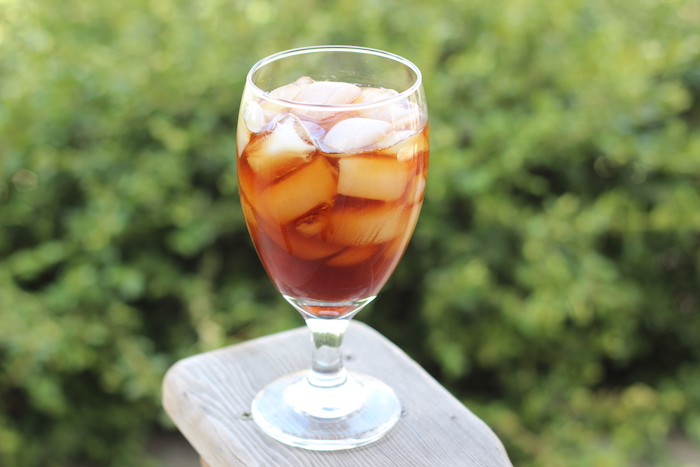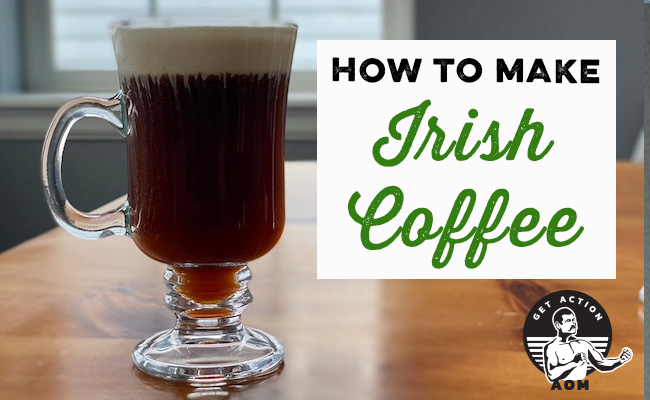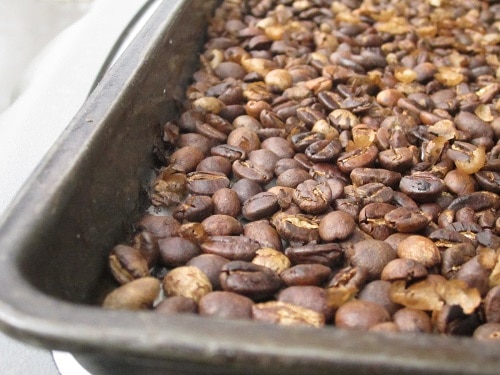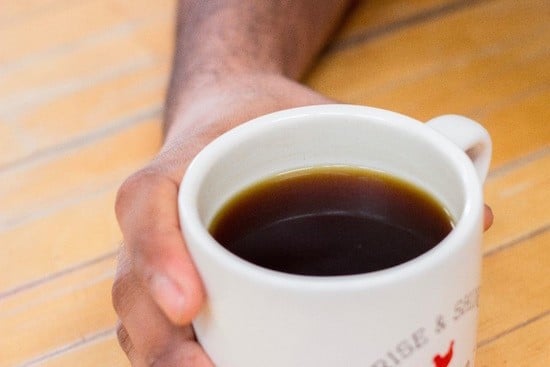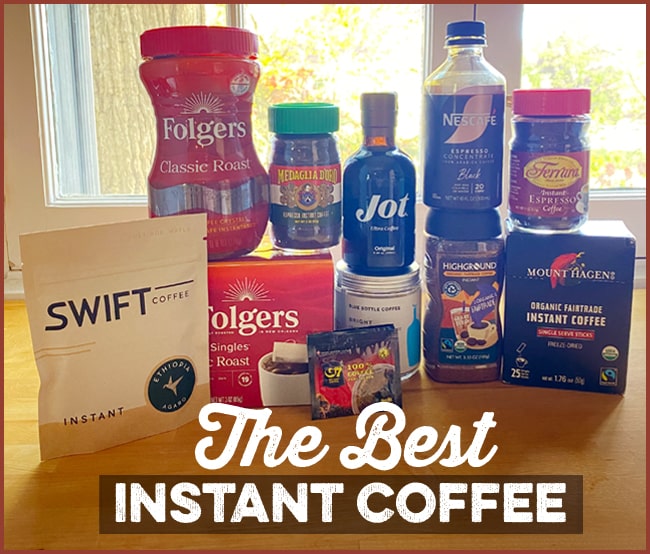
Instant coffee has a poor reputation among American coffee drinkers. (The rest of the world is not as hesitant about including it in their regular beverage routine.) And for good reason, if you ask coffee aficionados: the instant stuff is known for tasting like burnt dirt. On top of that, instant coffee granules would historically not dissolve well, leaving you with a thick, powdery texture more akin to something like sandy mud than a smooth, enjoyable drink.
But the times, they are a changin’! Recent years have seen a boom in instant coffee innovation and a subsequent uptick in usage: for the first time since the 1970s, over 10% of coffee-drinking American households are using the stuff.
Not only has the taste of instant coffee greatly improved — companies are using much higher quality beans than they used to — but the processing technology has gotten much better too. Nowadays, simply adding hot water dissolves the granules almost instantly, leaving you with a much better texture.
As an ardent coffee lover myself, I was keen to try this new wave of instant coffees, along with some of the traditional stuff for comparison.
My methodology was rather simple:
- I stuck with black coffee rather than messing around with powdered lattes or other specialty drinks that included sugar and/or creamer.
- I purchased most of the available grocery store options. This will vary by region, but most of these brands are widely found across the country.
- I then researched some of the higher-end brands I couldn’t get at my grocery store and bought them online, either through Amazon (free shipping) or directly from the manufacturer (paid shipping that jacked up the price per serving).
- I tried each coffee at least three times over the course of about a month, using the recommended preparation instructions, ensuring that they all got a fair shake.
Instant coffee will not beat your favorite coffee shop or your French press at home. But some of them will certainly beat your Keurig and will make for a fine cup of coffee while road tripping, backcountry camping, or simply on a morning when you’re short on time.
This taste test was by no means exhaustive. There are a lot of options out there, both on grocery store shelves and online. That said, most fall into these sortable buckets:
- Dirt cheap: Folgers, Maxwell House, etc. — they don’t taste great, but cost just pennies per serving and still command a rather loyal following among some, especially those who grew up on these brands.
- Middle of the road: These brands usually aren’t household names and cost between $0.25 and $1 per serving. There are a lot of options in this category and they all taste roughly the same. (More on that below.)
- High end: This is a fairly new category in the instant coffee world; these coffees taste dang good, but you’re going to pay for it at $2+ per cup.
- Instant espressos: These are a category of their own and, in America at least, are often just used for cooking. Intended to replicate the taste and intensity of a classic espresso, they’re stronger and made with finer granules than other instant coffees.
- Concentrates: Generally used for homemade iced coffee, but can be used for hot java as well.
Below, you’ll find notes on at least one instant coffee from each of these categories. I’ll first mention a couple to definitely avoid, then provide a few recommendations that aren’t the very best but are still recommendable, and finally I’ll share the top three best-tasting instant coffees.
Note: I calculated the price per serving based on the unit price of the product, plus the cost of shipping (where applicable), divided by the recommended proportions for a standard cup. For some of them, I had to double the portion of coffee to get to the right strength. The “right” strength is a very subjective preference, though, and will require some experimentation. Just know that the price per serving, in reality, may vary.
The Undrinkables
Medaglia and G7 Black
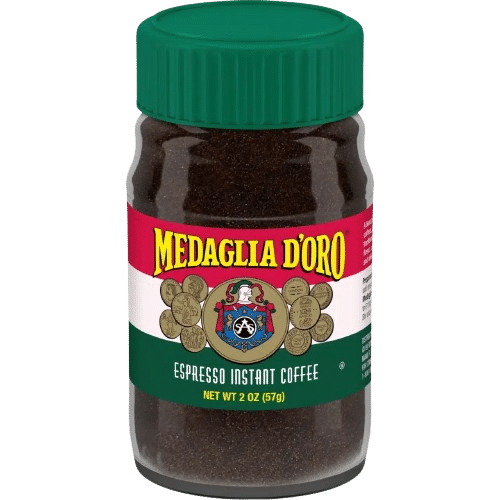
Medaglia: $0.17/serving ($5.89 for ~35 servings)
G7 Black: $0.51/serving ($16.91 for ~33 servings)
There were two coffees that didn’t get a third taste test: Medaglia, an Italian-style instant espresso, and G7, a popular Vietnamese brand of instant coffee. Both lived up to instant coffee’s poor reputation. The smell was that of burned rubber, and the taste nearly matched. They were downright undrinkable, frankly. Perhaps worst of all, they delivered that trademark gritty and gunpowdery texture of the instant coffees of yore.
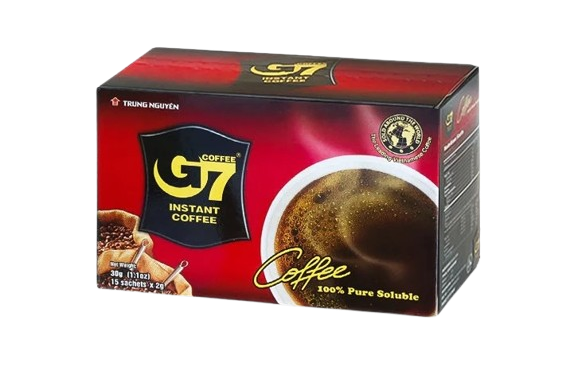
Both of these coffees have some decent reviews on Reddit and elsewhere on the web, but didn’t pass muster for my palate (which is much more forgiving than most coffee aficionados). I cannot in good faith recommend either Medaglia or G7 Black for human consumption.
Everyday Drinkables
The Nostalgic Choice: Folgers
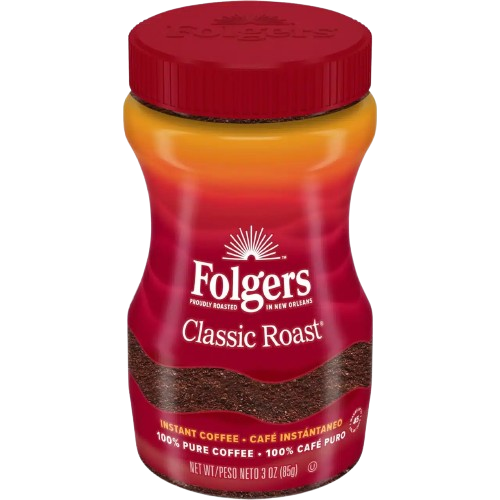
$0.08/serving ($10.39 for ~125 servings)
As Folgers is one of the oldest brands in this space — it introduced its instant coffee in 1953 — if you’re familiar with an instant coffee, it’s probably this one.
There’s something undeniably nostalgic and even a bit comforting in a mug of Folgers. It doesn’t taste awesome, but this instant java will bring you right back to your parents or grandparents’ house, or to your own youthful college days. It’s not a bad place to go, even if it’s not the highest quality cup of coffee on this list. Plus, you really can’t beat that price per serving.
Upgraded Money Savers: Mt. Hagen and Highground
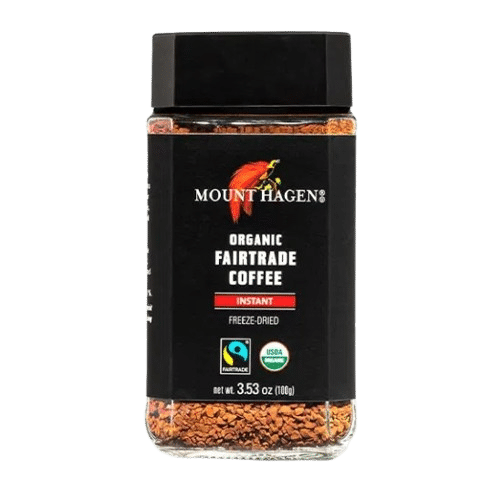
Mt. Hagen: $0.38/serving ($9.42 for a 25-pack on Amazon)
Highground: $0.60/serving ($18.09 for ~30 servings)
Just as with higher-priced varieties of instant coffee (more on that below), there’s also been a proliferation of middle-of-the-road instant options that purport to offer a better product at a slightly higher but still very affordable price point. Two of the more popular brands in this category are Mt. Hagen (which gets weirdly high reviews on Reddit) and Highground.
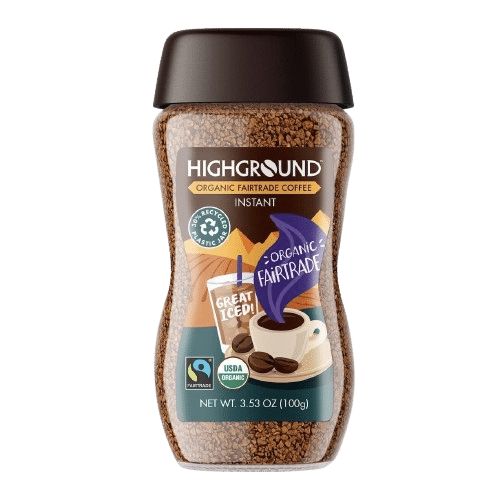
In my taste tests, both of these organic coffees tasted just fine and are totally acceptable for any of your instant coffee needs. There’s nothing notably offensive about them, nor are they worth writing home about. If you’re looking for an option that offers a slight upgrade over traditional instants, Mt. Hagen and Highground are both good enough and still quite inexpensive per cup.
Iced Coffee Concentrates: Nespresso and Jot
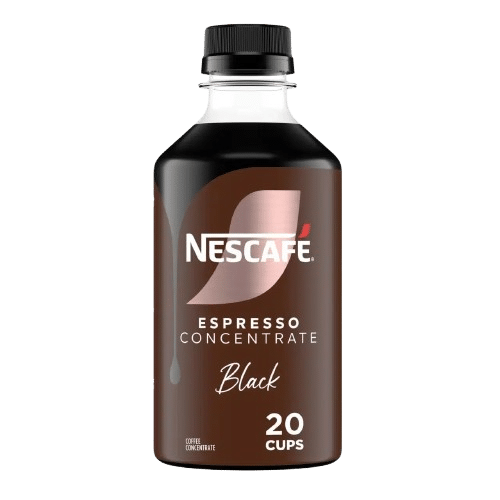
Nespresso: $0.68/serving ($13.59 for 20 servings)
Jot: $1.50/serving ($20.99 for 14 servings)
In addition to freeze-dried granules, liquid concentrates mark a newer entry into the instant coffee market. Just as with granules, there are options across a range of prices (there are fewer options, however) and they’re manufactured specifically for iced coffee — though they can still be used for a hot beverage.
The primary downside with concentrates is that they’re a refrigerated liquid, so they’re not as portable as granules. With these concentrates, it’s more about the convenience of a homemade beverage than about taking it on your travels.
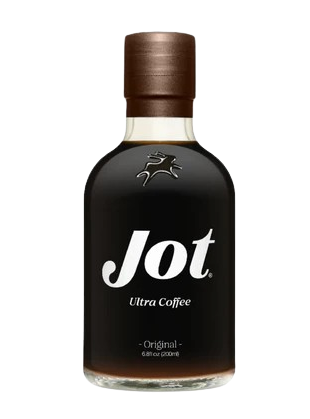
The two brands that were tested in this category were Nespresso and Jot, respectively representing the cheaper and more expensive sides of the price spectrum. Rather than trying black iced coffee, I made cold maple lattes for my wife (iced coffee isn’t my thing). In a couple different rounds of blind taste tests, she surprisingly picked Nespresso every time. Overall, they both made a very delectable drink, but the Nespresso wins out based on both taste and price.
The 3 Best-Tasting Instant Coffees
The Surprise Bronze Medalist: Ferrara Instant Espresso
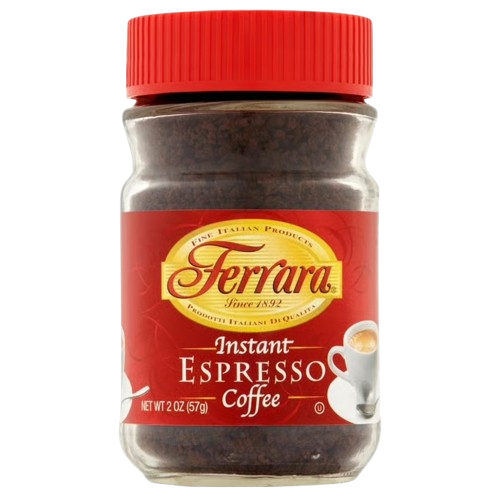
$0.17/serving ($5.99 for ~35 servings)
At just $5.99 per jar, I had pretty low expectations for this instant espresso. I figured it would fall into the same camp as Medaglia. There are a few brands in this category, and they’re generally just used for cooking applications rather than actual drinking. But I wasn’t going to leave any stone unturned, so I gave Ferrera a shot.
The roasty aroma matched the “espresso” label, and the fine powder dissolved easily, leaving no residue. Best of all, it tasted like a decent cup of coffee. It was strong, just as espresso should be, and left very little of that noticeable instant coffee aftertaste. Ferrara’s darkness probably isn’t for everyone, but I enjoyed it quite well.
The Runner-Up: Blue Bottle
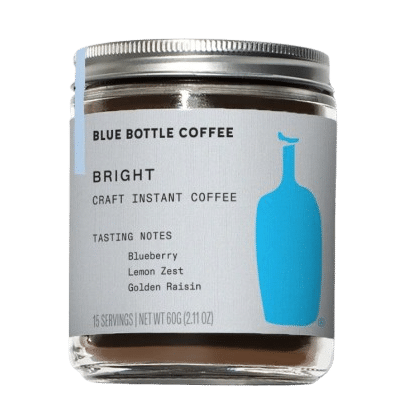
$2.01/serving ($25 for 15 servings, plus $5.25 shipping)
I’ve been a fan of Blue Bottle since I first sipped their coffee in the early 2010s at their original San Fran shop. Traditionally, instant coffee is made with dark roasted beans. Without getting too technical, that’s simply because it’s easier and cheaper to produce. Blue Bottle and other high-end coffee roasters, however, have invested heavily in their freeze-drying process, allowing light-roasted coffee — with its brighter, arguably better flavors — to be turned into an easily dissolvable granule. (Naturally, that high technical cost is reflected in the price of the product.)
As for the taste test: it holds up to the original quite well! There’s not much of an aroma, but the flavor is distinctly Blue Bottle, albeit a somewhat tamer version of it. It’s a very enjoyable cup of coffee that I actually look forward to sipping when that afternoon lull hits. (Heck, I got to thinking about it while writing this paragraph and had to make myself a cup!)
At $2 per cup, it’s more than most others on this list, but still much cheaper than anything you’d get at a cafe. Whether it’s for your own morning joe or as a unique and elevated stocking stuffer, I happily recommend Blue Bottle instant coffee.
The Winner: Swift Coffee
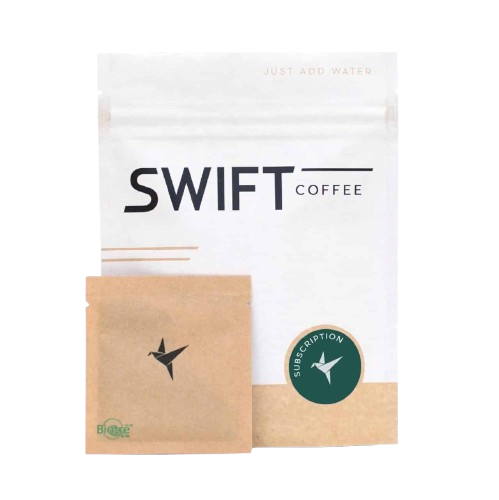
$3.25/serving ($15 for 6 servings, plus $4.50 shipping)
The last few years have seen a proliferation of small, craft coffee roasteries selling an instant product. When you start searching around, you realize that a large percentage of those roasteries offer their product in packages of six pouches, each pouch containing a single serving of instant coffee. Verve, Equator, Canyon — the packaging of these brands looks very similar for a reason. Turns out, Swift Coffee co-manufactures instant granules for most of these companies.
Rather than trying them all, I just tested the original offering from Swift. And I must say, it was really good. As compared to something I’d brew in my French press, the aroma was not as noticeable, but the coffee tasted pretty darn similar. And that’s reflected in the price: this mug of instant coffee costs about the same as what you’d pay for a cup at a coffee shop. You’re not saving money with Swift Coffee (or any of the other craft brands they co-manufacture); rather, you’re paying about the same cafe price to enjoy that nice cup of coffee at home rather than at the shop. It’s dang tasty as long as you’re ready to pony up.


